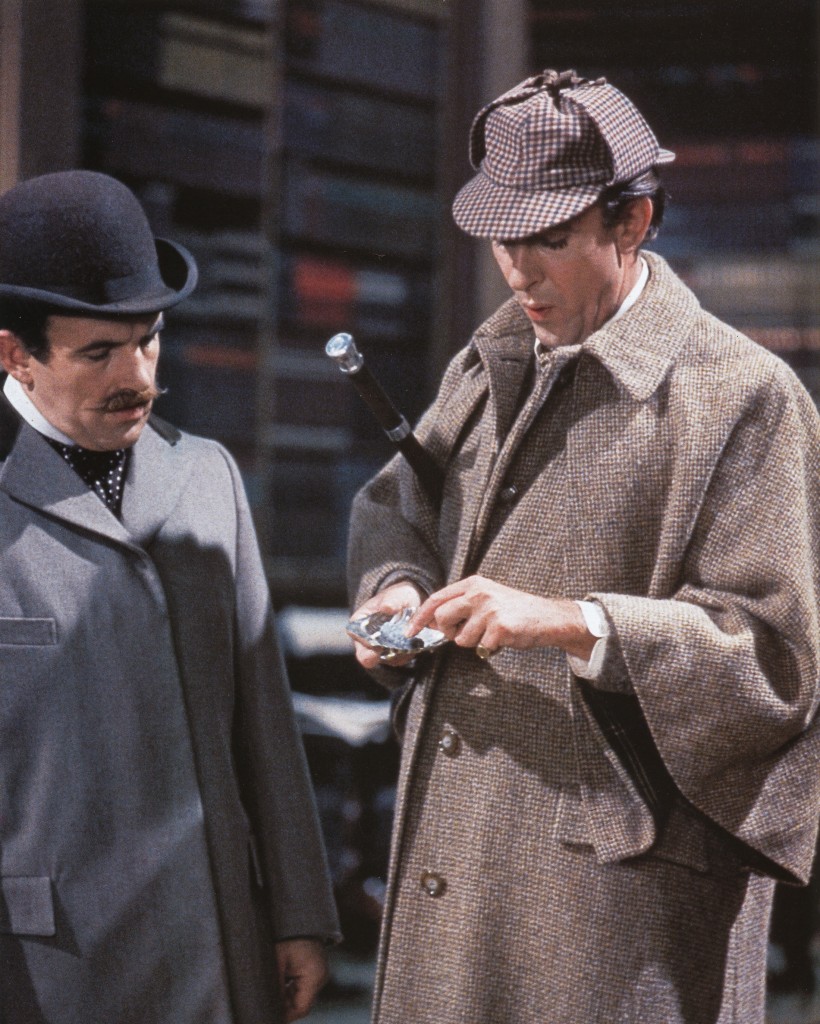 Spend the night with Sherlock Holmes
Spend the night with Sherlock Holmes
Hold me tight like Sherlock Holmes
Just pretend I’m Sherlock Holmes …
I can dance like Sherlock Holmes
I can sing like Sherlock Holmes
But I can’t be Sherlock Holmes.
It’s no fresh insight to declare the 1960s the most schizophrenic and unsatisfying decade in Hollywood history. It’s certainly the decade where any responsible account of American cinema cannot focus wholly, or even mostly, on Hollywood product. If a historian wants to spend all his time studying Doctor Doolittle and The Sound of Music while ignoring or ghettoizing the avant-garde work of Andy Warhol, Stan Brakhage, Barbara Rubin, Bruce Baillie, Bruce Conner, Shirley Clarke, Pat O’Neill, Jonas Mekas, Kenneth Anger, and a host of others, I suppose that’s his right.
Still, the studio features of that era do compel a certain fascination, more as half-aware artifacts than as artistic wholes. Hollywood could feel its own irrelevance acutely. The time-shifting aesthetic of Alain Resnais found its way into American art efforts like Petulia and, on the other end of the production scale, cheap thrillers like Mister Buddwing. Even with increasing freedom to show skin and revel in violence, a film like The Collector feels wholly uncomfortable with carrying its sexual content to its unambiguous conclusion. The anger of Seconds is ravishing, but incoherent—not just in its targets, but in its very subject.
To appreciate films from this period, it’s best to disabuse yourself of any straightforward relation between intent, effect, and achievement. Surely the experience of something like Wild in the Streets is more complicated than the film’s ultimate conclusion that hippies are just disheveled brown shirts. (And even if they are brown shirts with old-age concentration camps in the offing, Wild in the Streets still notably presents this fascist posse’s multi-ethnic, pansexual make-up as something basically unremarkable.)
